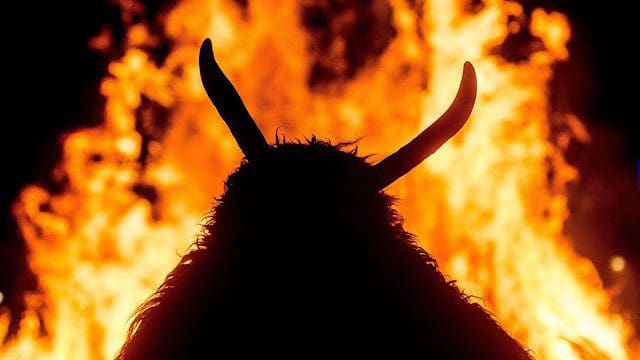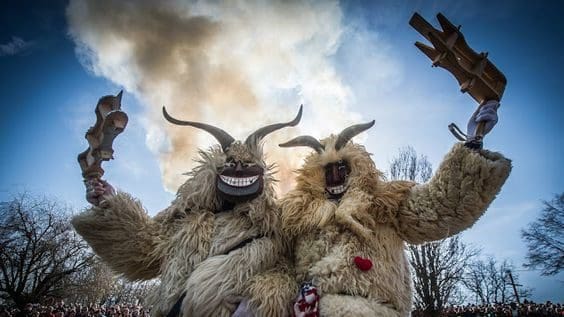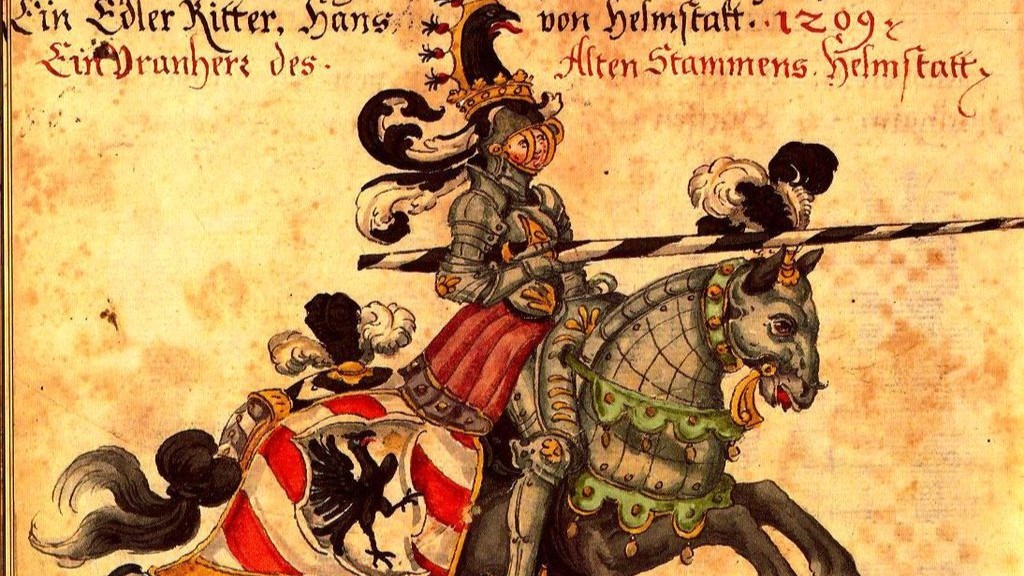Every year in February, tourists flock to Mohács in southern Hungary to attend the Busó festival or busójárás in Hungarian and say farewell to winter. This year the festivities are held between 16 and 21 February.
Legends connect the origin of the festival to historical times when Hungary was occupied by the Ottoman Empire. According to the busó myth, he Šokci, a South Slavic ethnic group inhabiting the city of Mohács in thse years, had to flee to the swamps surrounding the town from the occupiers. Sick of hiding in the swamps and woods, the locals decided to fight back the Ottoman Turks. Legend has it that following the prophecy of an old Šokac man who appeared to the residents in the campfire, local men dressed up in frightening cloths and prepared noisy tools. Under the leadership of a masked knight who came to them during a stormy night, they crossed the river and chased the Turks out of their hometown. The Ottomans ran horrified from what they had seen and believed that they had been attacked by demons.
Historical research does not support these folk tales; the city was freed from Ottoman rule in 1687, and the Šokci settled in the region only ten years later. The more likely origin of the tradition at Mohács is that the Šokci brought a similar celebration with them from their original homeland in the Balkans, and as they integrated into Hungarian society, their festival grew into what it is today—the Busó Festival or Busójárás. The celebration was consolidated as a local tradition quite fast, as by the 18th century there were already records about its existence.
Traditionally, the busós (who walk around in the town in masks, dancing and celebrating) were young men. Women are known as the ‘beautiful busós’; they dress in the traditional Šokac festive attire and cover their faces with decorative masks. The test for becoming a busó involves some physical challenges—busó-candidates hook their middle fingers together, and the one who manages to pull the other away can become a busó. Testing the physical strength of the busós is important as the masks and garments they wear weigh well over 20 kilos. Once one becomes a busó, it is his duty to preserve the secrecy of the other busós’s identity—no one should know who are behind the masks.
The costumes the busós wear during the week of the festival is historically accurate: it is still the way they looked like a hundred year ago too. The busós wear a cowbell, a fur coat, hold a clapper and a wooden mace in their hands. The most iconic part of their attire is the mask which is carved from willow and which used to be painted with animal blood. In past times, the busós would go from house to house giving good wishes, blessings and performing magical spells for the households that rewarded them with food and drinks.
The busós are escorted by the jankeles, whose role is to keep the crowd (especially children) away from the busós. The jankeles usually chase children away by hitting them with a sack full of rags, flour or ash. The tradition of the jankeles goes back to the 1890s when a Viennese merchant, Grün Jankele was selling used clothes at the Busójárás. Children went up to him bullying him, copying his every move. It made the merchant so angry that he threw his sack full of used cloths at the children. The crowd liked the scene, so from the following year on people from Mohács dressed up in torn, worn-out clothes, chasing and hitting children, integrating the previous year’s scene into the Busójárás ceremony.

Every year a group of busós crosses the Danube River by boat and meet with another group of busós at the Kóló square. After firing shots from a cannon, they march to the main square of the town where the main festival celebrations take place and where the new busós are inaugurated. At sunset, a huge bonfire is lit on the square, around which the busós dance. The role of the bonfire is to burn a carnival coffin, which symbolises winter. With the busós dancing around the burning coffin, the winter is scared and chased away, so that the busós can welcome the imminent spring. Welcoming spring also means cherishing fertility—the festival displays the importance of fertility by the sometimes very explicit dance moves of the busós. This is why keeping the busós identity secret was important: ‘traditional morals’ are suspended for the duration of the festival. Busós can touch, hug, and chase pretty young women without the fear of repercussions during the celebrations as a celebration of fertility.







